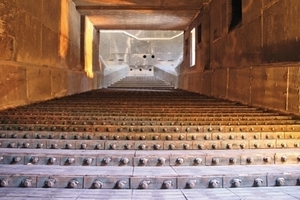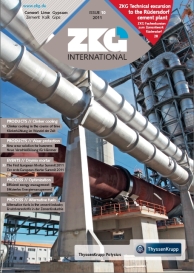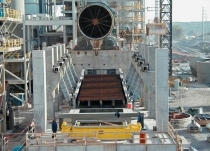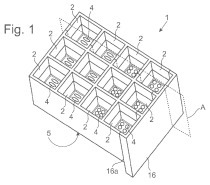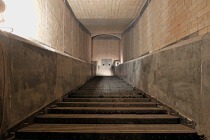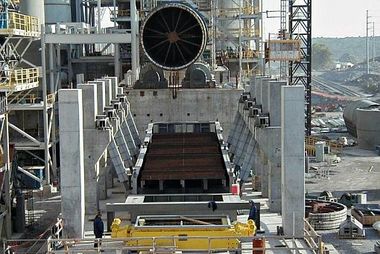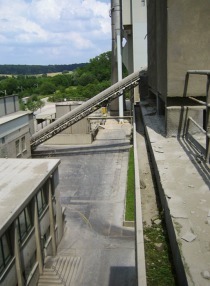Clinker cooling in the course of time
Cooling takes place in the clinker bed. The grate cooler has to provide just for a favourable air flow and clinker handling (Fig. 1). This perception alone is not sufficient to obtain orders resulting in a good reference and for the conquest of the market. It is essential to offer something new.
Grate resistance was a first idea in which the uniformly designed grate, not the clinker bed, was to determine the air flow under all the circumstances that the rotary kiln creates for the cooler. The consequence was the “open grate area OGA” as a portion of the openings in the grate with regard to...

